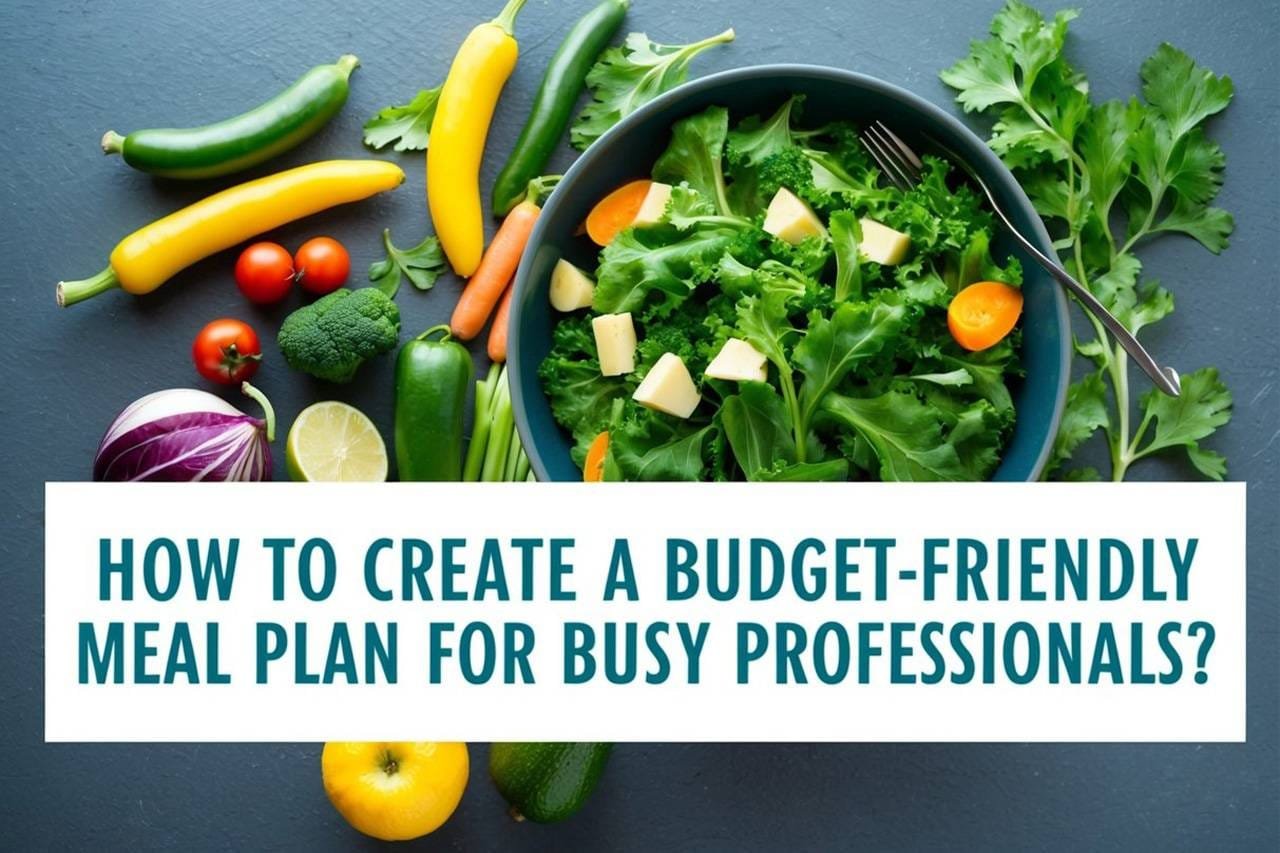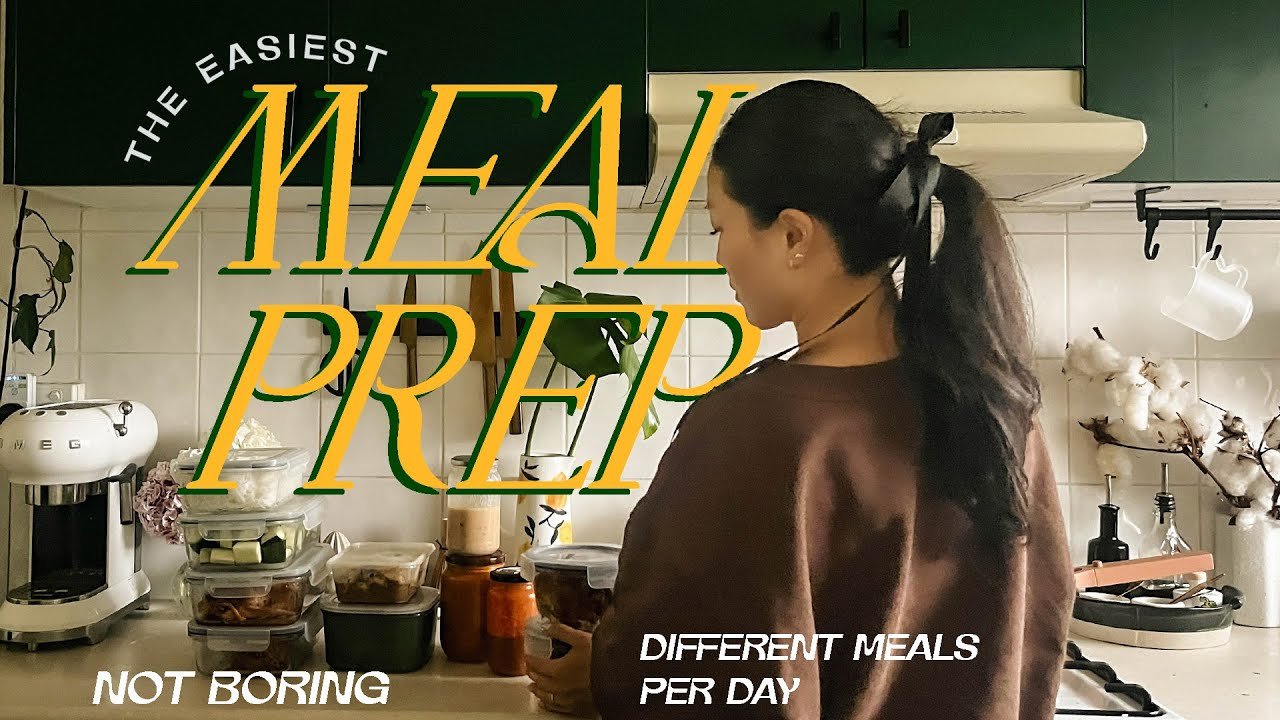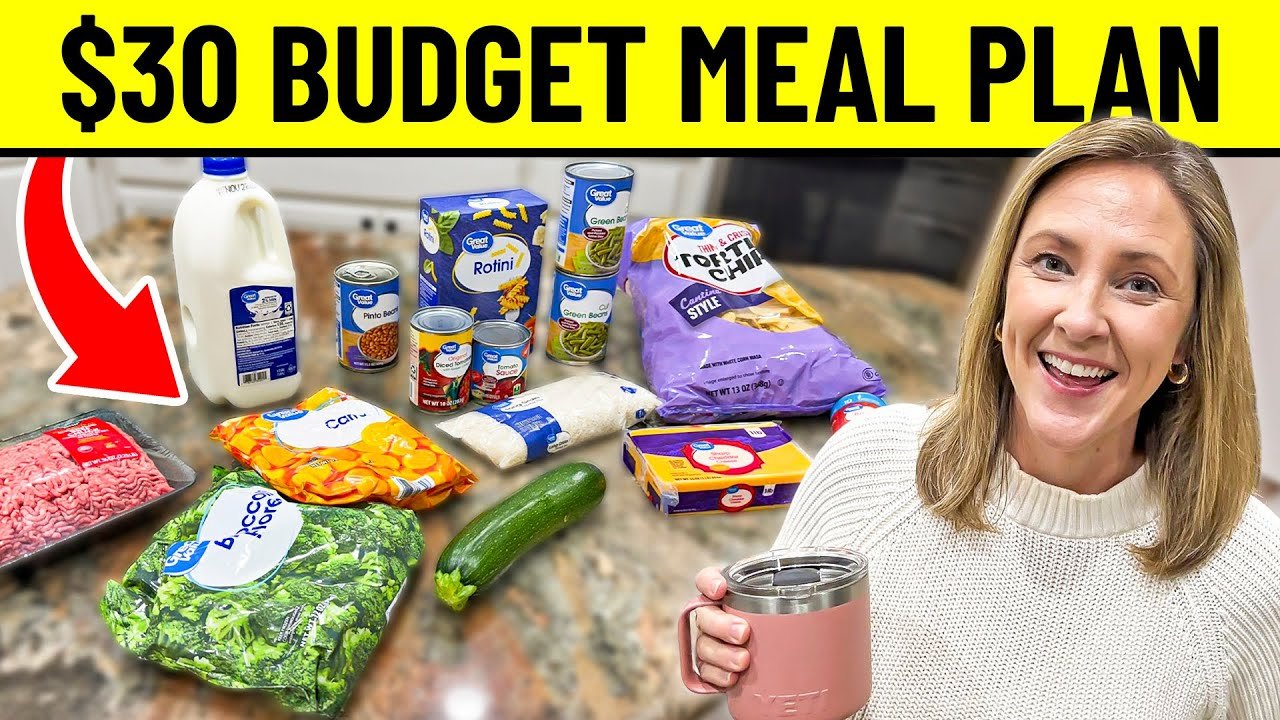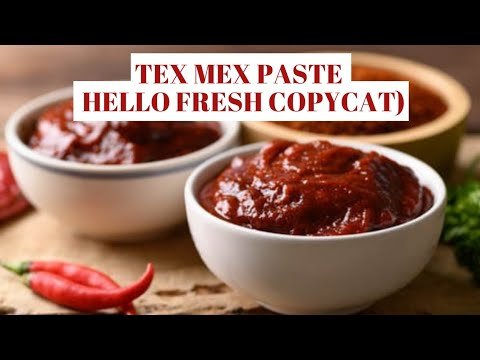Finding time to plan meals while juggling a busy schedule can be challenging. Many professionals struggle to maintain a healthy eating habit without breaking the bank. This article will explore how to create a budget-friendly meal plan that suits a demanding lifestyle.
To create a budget-friendly meal plan, focus on simple, nutritious meals that can be prepared in advance using affordable ingredients. Planning weekly meals, buying in bulk, and making use of leftovers are key strategies in managing both time and money effectively. Creating a meal plan not only helps save money but also ensures healthy eating despite a hectic schedule.
In the following sections, the article will discuss practical meal prep ideas, highlight specific meals that are both quick to prepare and easy on the wallet, and suggest ways to incorporate variety into your diet. These strategies aim to help busy professionals stay nourished and energized throughout their workweek.
- The Blueprint of Budget-Friendly Meal Planning
- Mastering the Art of Grocery Shopping
- Protein Picks for Penny-Pinchers
- Raiding the Pantry: Grains and Staples
- Vegetable Victories and Slicing Strategies
- Creating a Flavor Fiesta: Sauces and Spices
- Efficiency in the Kitchen
- The Finishing Touches: Storage and Sustainability
- Macros, Micronutrients, and Maintaining Balance
- Frequently Asked Questions
The Blueprint of Budget-Friendly Meal Planning
Crafting a meal plan doesn’t have to be complicated or expensive. Busy professionals can create budget-friendly and nutritious meals with a little planning and the right tools. Embracing basic principles and setting clear goals will guide this process.
Understanding Meal Planning Principles
Meal planning is about creating structure and efficiency in meal preparation. Start by listing nutritious meals that everyone in your household enjoys. Include a mix of proteins, grains, and vegetables to ensure a well-balanced diet. Busy professionals can benefit from preparing ingredients ahead of time, making it easier to cook during hectic evenings.
A meal planning app can be handy to organize, save recipes, and even generate shopping lists. Some apps offer the option to input your budget, ensuring you keep expenses in check. Utilize canned or frozen goods like vegetables and beans to save money without compromising on nutritional value.
Setting Your Meal Plan Goals
Setting clear and attainable goals is crucial for creating a budget-friendly meal plan. Determine how much time you can invest in meal prep and cooking each week. Decide which meals you will cook and which might be leftover-based or premade. For instance:
- Prepare meals for at least 4 dinners weekly.
- Allocate a weekly budget and track it to identify savings opportunities.
- Incorporate options for busy nights, like quick stir-fries or salads.
Emphasize variety and cost-saving options, such as buying in bulk or choosing seasonal produce. By having specific goals, meal planning becomes a straightforward task rather than a chore.
Mastering the Art of Grocery Shopping

Shopping smart means more than just sticking to a list. It’s about finding ways to save money and make the most of each trip. From planning efficiently to understanding store layouts, these strategies can make your grocery shopping both successful and stress-free.
Creating Your Shopping List
A shopping list is more than just a reminder of what to buy. It’s a tool to help manage grocery budgets and avoid impulse purchases. Start by checking what’s on hand at home. A quick inventory can prevent overbuying. Next, plan meals around ingredients already in the pantry, and incorporate seasonal produce to save money. Seasonal fruits and vegetables are usually cheaper and fresher.
To create a practical list, group items by category. It helps navigate the store efficiently. For example, list all produce together, then meat and dairy. This reduces the chance of missing an item and backtracking. Keep the list visible while shopping, either on paper or a smartphone. This simple step keeps focus on what’s needed, ultimately saving time and money.
Efficient Grocery Shopping Tips
Knowing how to shop efficiently can make a significant difference. First, avoid shopping when hungry. Hunger leads to unplanned purchases and quick decisions that a grocery budget may not handle well. It’s like inviting a ravenous lion into a store.
Look for store savings and discounts. Many shops offer loyalty programs and coupons for regular buyers. Sign up for these perks to enjoy exclusive discounts. Additionally, pay attention to store layouts. Essential items are often placed at the back, encouraging more time spent inside. Bypass distractions by heading straight to necessary sections.
Plan shopping trips during less crowded hours. Early mornings or late evenings typically see fewer shoppers, making for a quicker, less stressful experience. This time strategy not only saves patience but also helps in getting fresh, restocked items.
Bulk Purchasing Perks
Buying in bulk is a savvy approach for non-perishable items like rice, pasta, and canned goods. It saves money in the long run as the cost per unit is often lower. However, ensure there’s enough storage space at home to keep these bulk items without causing clutter.
Investing in bulk purchases also applies to items used frequently. For households that go through large quantities of specific goods, the savings can add up over time. Just be cautious about perishable items; buy them in large quantities only if they can be consumed before expiring.
Shopping clubs or warehouse stores offer best prices for bulk buys. A membership might be worthwhile for families or shared households. Understanding these bulk purchasing benefits helps maximize savings, offering financial freedom for other priorities.
Protein Picks for Penny-Pinchers
Finding budget-friendly protein sources doesn’t have to be hard. Small choices can make a big impact on your wallet and health. Take advantage of affordable proteins and efficient meal prep to save time and money.
Choosing Affordable Proteins
Affordable proteins are easy to find if you know where to look. Eggs, beans, and lentils are great picks; they’re nutritious and cheap. For meat lovers, options like canned tuna and whole chickens are good choices. The whole chicken can be used in various meals, from roast dinners to flavorful soups, maximizing your budget and cutting waste.
If you’re open to plant-based choices, tofu is a reliable, affordable option. It’s versatile and can be part of stir-fries, salads, and more. Get creative with cooking methods to keep meals exciting without spending more. Also, check out online resources with tips on incorporating more cheap protein foods into your diet sustainably.
Prepping Protein Like a Pro
Meal prep can be a game-changer for busy professionals. Start by cooking a big batch of protein at the start of the week. For instance, roasting a whole chicken on Sunday gives you a head start for salads, sandwiches, and dinner throughout the week. The same goes for cooking a pot of beans or lentils.
Tofu can be marinated and baked ahead of time, so it’s ready when you need to add it to stir-fries or salads. Canned proteins like tuna are perfect for quick meals; mix them into pasta or salad for easy lunches. Here’s a quick meal prep strategy:
- Sunday: Roast a chicken, cook a batch of lentils
- Monday: Prep tofu and store in the fridge
- Tuesday: Whip up chicken salads with leftovers
Use airtight containers to keep everything fresh. Efficient meal prep saves you time and helps make weekday meals hassle-free. Check online guides for more detailed meal planning tips that fit your lifestyle.
Raiding the Pantry: Grains and Staples
Busy professionals can count on their pantry to whip up quick, delicious meals. By focusing on grains and staples, it’s easy to create a variety of dishes without breaking the bank. Here’s how grains and versatile ingredients can be your superhero in the kitchen.
Grains that Gain
Grains are a pantry must-have. White rice and brown rice are classics that fit any meal. Brown rice offers more nutrients, which can be a plus for health-conscious eaters. Cook a big batch on the weekend and use it throughout the week.
Quinoa is a protein-packed option. Not only is it quick to cook, but it’s also gluten-free and filled with nutrients. Mix it with vegetables for a simple but nutritious meal. Quinoa is a great swap for rice when you want something different.
Pasta is another staple. With just a splash of olive oil and some herbs, pasta transforms into a gourmet dish in minutes. Try whole grain pasta for additional fiber. The best part? There are endless sauces and toppings to keep meals exciting.
Utilizing Staples for Endless Variations
Staple ingredients like canned beans, tomatoes, and broth are pantry superheroes. Canned beans are protein-rich and can be tossed into salads, soups, or stir-fries. Keep your favorite varieties on hand.
Broth provides flavor without the fuss. Use it as a base for soups, stews, or even as a cooking liquid for grains. It’s a quick way to add depth to any dish.
Keep a list of pantry staples handy. Here’s a quick look:
- Canned Beans: Black, kidney, chickpeas
- Canned Tomatoes: Whole, diced, or pureed
- Broth: Vegetable, chicken, beef
These ingredients open up possibilities for endless meal combinations. Getting creative with these basics can lead to delicious, time-saving meals every day.
Vegetable Victories and Slicing Strategies
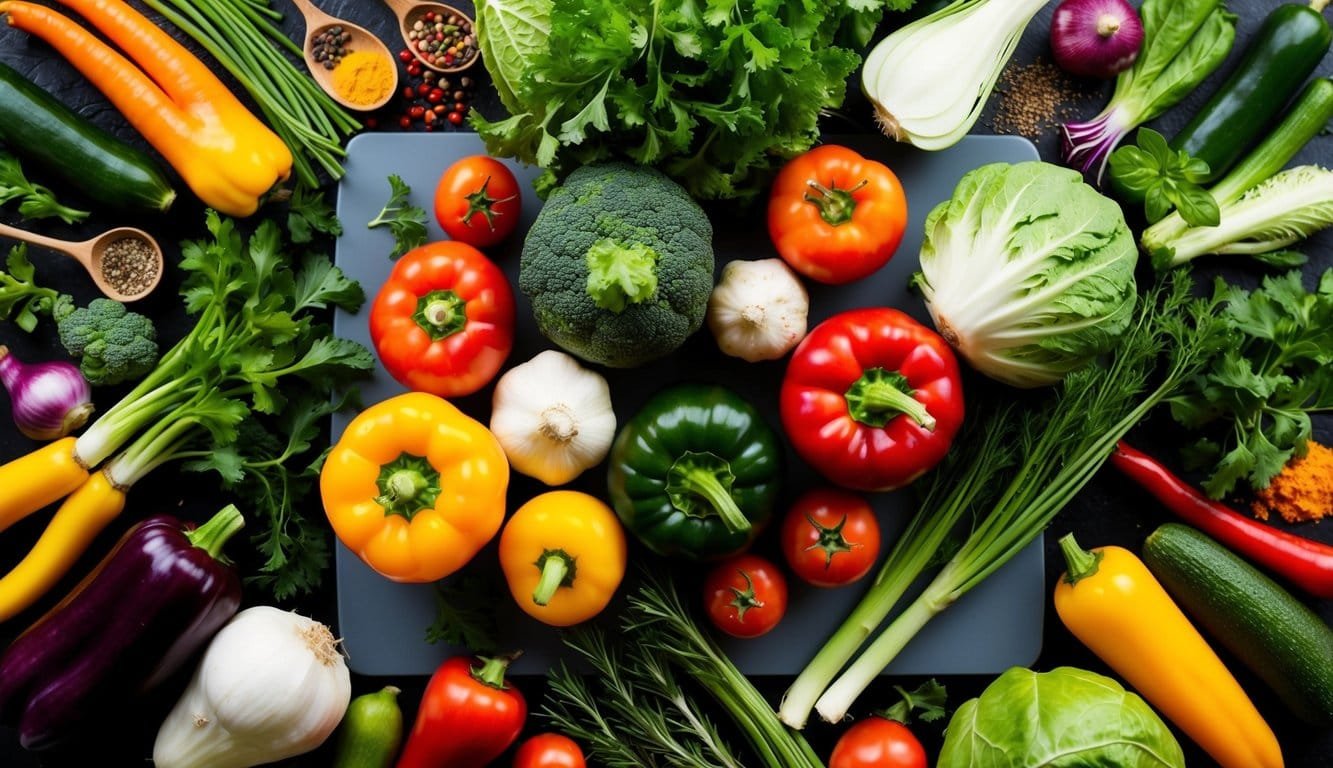
Simplify meal prep by choosing cost-effective vegetables and mastering prep techniques. This will keep meals budget-friendly while saving time during busy workweeks.
Choosing Cost-Effective Veggies
Selecting the right vegetables is the key to saving money. Seasonal options typically have the best prices, so keep an eye out for what’s in season in your area. Carrots, cabbage, and potatoes are often affordable year-round.
Buying in bulk can also reduce costs. Dehydrated or canned options are great for adding to meals and require less storage space. Although frozen veggies might seem pricier, they are pre-washed, pre-chopped, and last longer without waste.
Consider swapping pricier veggies with alternatives. Instead of bell peppers, try using zucchini, which can be cheaper and just as nutritious with various health benefits.
Prep Techniques to Preserve Freshness
Proper preparation helps vegetables last longer. Start by washing all veggies thoroughly. Use a colander for easy rinsing.
Chopping vegetables in advance saves time. Use different cut sizes for different recipes—slices for stir-fries or dices for soups. Make it fun with some creative knife skills.
Store veggies properly to preserve freshness. Sturdy vegetables like carrots or celery can be stored in water in airtight containers. Leafy greens last longer when wrapped in a damp towel inside a bag.
For healthy snacks, portion out veggies like cucumber slices or carrot sticks into individual containers. This way, they are always ready to grab on the go. This approach not only saves time but ensures freshness when meal-prepping.
Creating a Flavor Fiesta: Sauces and Spices
Balancing flavors in meals can be a delightful art, especially with the right herbs, spices, sauces, and dressings. These inexpensive additions can transform simple foods into gourmet delights, perfect for any busy professional looking to enhance their meal prep game.
Building Flavor with Herbs and Spices
Herbs and spices are the backbone of flavorful cooking. They’re budget-friendly and can elevate any dish. Common spices like cumin, paprika, and chili powder add warmth, while herbs such as basil, oregano, and thyme bring freshness and depth.
A simple spice blend can be a real game changer. A homemade fiesta rub combines spices like chili powder and cumin for meats or veggies.
Tip: Keep dried herbs and spices in airtight containers to maintain their potency. Consider creating your own spice blends to ensure that you always have a go-to flavor booster ready.
DIY Dressings and Sauces
Tired of bland salads? A homemade dressing can work wonders. Basic ingredients such as olive oil, vinegar, mustard, and honey form the base for vinaigrettes. Adding fresh herbs like parsley or cilantro adds a zing.
Consider a simple yogurt-based sauce with garlic and lemon pepper for meats and grains. For a special touch, why not whip up a southwestern fiesta dip mix using sour cream and spices?
Quick Recipe Idea:
- Mix 1/4 cup olive oil, 2 tbsp balsamic vinegar, a pinch of salt, and black pepper for a quick and tasty dressing.
These small tweaks invite loads of flavor without breaking the bank. Busy professionals will appreciate how these little efforts create satisfying and exciting meals.
Efficiency in the Kitchen
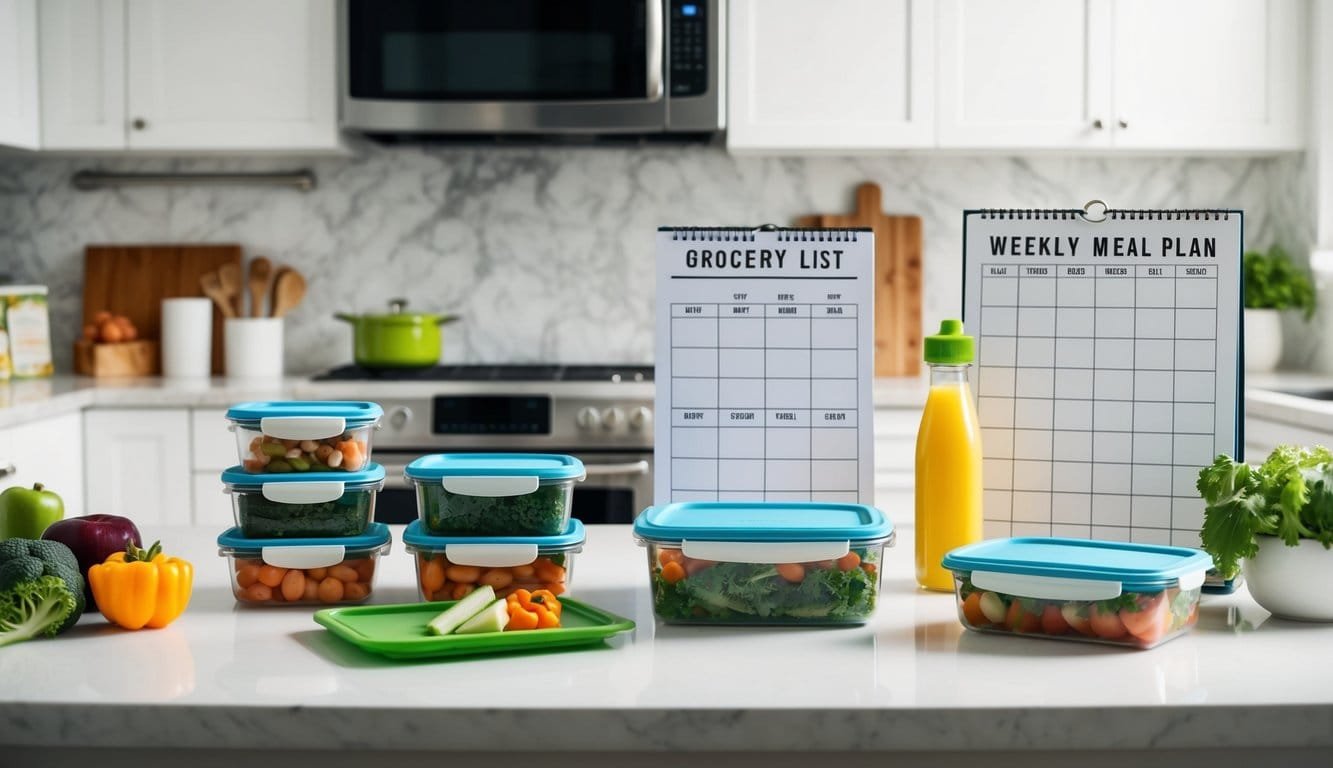
Being efficient in the kitchen can save you time and help keep your meal prep on track. Using the right tools and strategies allows busy professionals to spend less time cooking and more time enjoying meals. Key tactics include investing in tools that make meal prepping faster and adopting cooking methods that maximize effort while minimizing time spent.
Time-Saving Tools and Tactics
Busy schedules call for tools that make meal prep easier. Slow cookers, for example, are a game changer. They allow you to set ingredients in the morning and return in the evening to a fully cooked meal. Kitchen gadgets like food processors speed up chopping and dicing.
Keeping ingredients fresh is crucial. Airtight containers and meal prep containers are essential. They help keep your food fresh and organized in the fridge.
- Slow Cookers: Great for easy and unattended cooking.
- Meal Prep Containers: Essential for organizing and storing meals.
- Food Processors: Cuts down prep time significantly.
Choosing the right storage solutions keeps your ingredients fresh, preventing waste and saving money.
Embracing Batch Cooking and ‘Prep Once, Eat Twice’ Philosophy
Batch cooking can be a lifesaver. This approach involves preparing large quantities at once and dividing them into portions. This minimizes daily cooking while maintaining variety in your meals. The “prep once, eat twice” philosophy ensures you have meals ready to go for busy days.
Cooking large batches of versatile foods, like grains or proteins, is smart. You can use them across different meals by pairing them with different veggies or sauces. This method is efficient and reduces boredom with your meals.
Meal prepping this way involves making sure you have enough meal prep containers to store everything. It keeps the fridge organized and helps with portion control.
The Finishing Touches: Storage and Sustainability
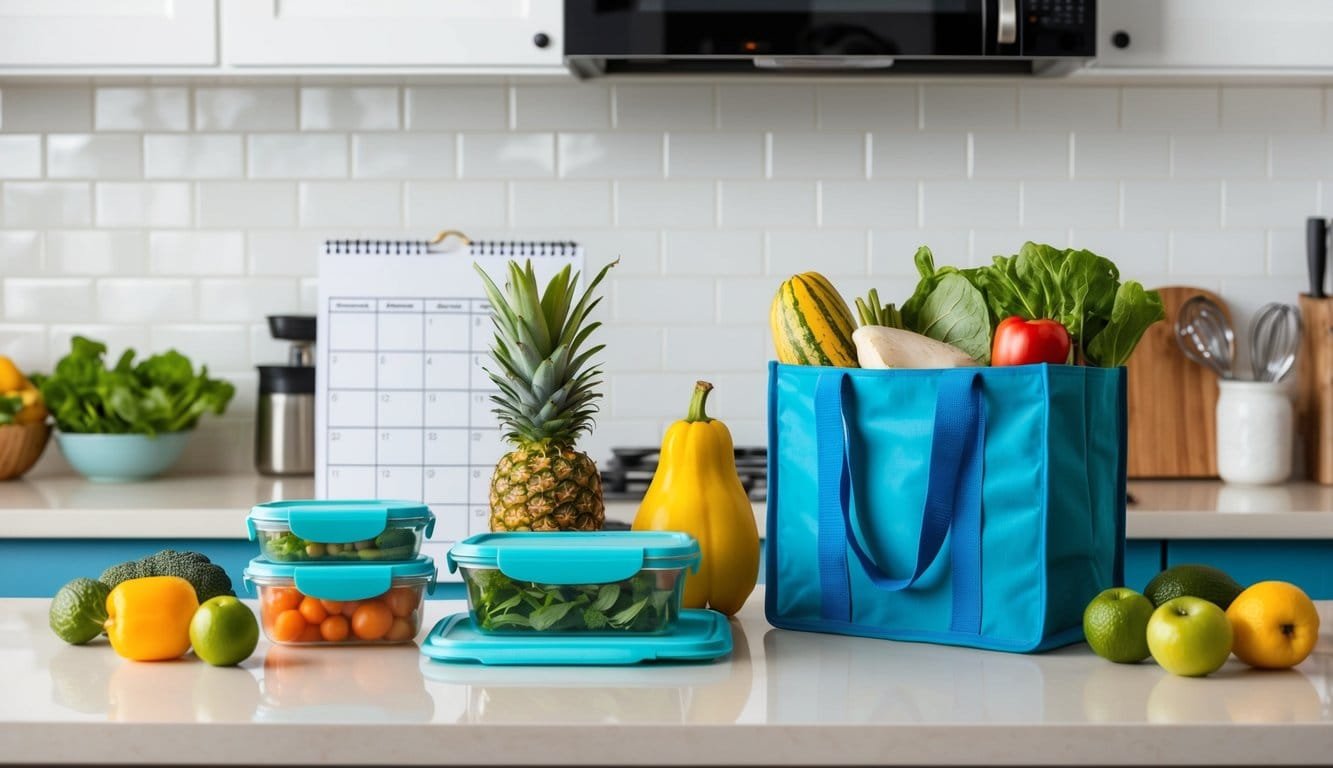
Effective storage and sustainability are crucial for keeping a budget-friendly meal plan running smoothly. With the right storage solutions and sustainable practices, busy professionals can save money and reduce food waste.
Smart Storage Solutions
A well-organized kitchen can make meal prep much easier. Investing in quality storage containers is a smart move. Opt for containers that are airtight to keep food fresh longer. Purchasing quality storage containers at consignment shops not only supports sustainability but also saves money.
Using portion-sized containers helps with controlling meal portions and preventing overeating. They also make it simple to pack meals for work, reducing the temptation to eat out. Stackable designs maximize space in your fridge or freezer.
Creating a designated spot for meal prep items in the refrigerator and freezer ensures everything is easily accessible. This can save time during busy mornings, helping you stick to your meal plan.
Making Food Last Longer
Reducing food waste is not only good for the environment but also for your wallet. Keep perishable items like fruits and vegetables in the crisper drawer of the refrigerator. This helps maintain their freshness by controlling humidity levels.
For long-lasting ingredients, the freezer is your best friend. Freeze meals in portions, so you can easily defrost what you need. Blanch and freeze vegetables to extend their life and maintain their nutrients.
Keep an eye on expiration dates and rotate items from back to front in your fridge and pantry. This ensures older items get used first, preventing spoilage and unnecessary wasting of food.
Macros, Micronutrients, and Maintaining Balance
For busy professionals, creating balanced meals can help keep them energized and focused throughout the day. By combining the right amounts of macronutrients like proteins, carbs, and healthy fats with essential micronutrients, it’s possible to craft nutritious meals that support fitness goals and dietary restrictions.
Balancing Your Meals for Optimal Nutrition
Achieving the right balance in meals involves managing portion control and the mix of macronutrients. A well-rounded meal includes proteins, carbohydrates, and healthy fats. Proteins, like chicken and tofu, help with muscle maintenance. Carbohydrates provide energy, and can come from whole grains or fruits. Including healthy fats, such as avocado or olive oil, supports brain health.
Using a simple table makes it easier to visualize. Here’s how a balanced lunch might look:
| Component | Example | Benefits |
|---|---|---|
| Protein | Grilled chicken | Muscle maintenance |
| Carbohydrates | Quinoa or brown rice | Energy source |
| Healthy Fats | Avocado or nuts | Supports brain health |
Incorporating a good mix of these nutrients helps create healthier meals that fit dietary needs and personal fitness goals. Those with specific dietary restrictions should adjust portions and types of food as needed.
Staying Energized and Focused with Balanced Nutrition
Eating meals rich in balanced nutrition ensures sustained energy levels. It’s like fueling a car with premium gas instead of the regular stuff! For busy professionals, staying energized helps with productivity and focus.
A strong combination of dietary fibers, proteins, and slow-digesting carbs keeps energy levels steady. Whole grain breads and vegetables offer lasting energy. Proteins like beans and fish offer not only fuel but the nutrients needed for mental sharpness.
Meal prepping can also help in making healthier choices. Preparing balanced meals in advance ensures that one isn’t tempted by less healthy options during a busy day. This can lead to improved productivity and overall wellness as meal planning supports a structured way to nourish the body effectively.
Frequently Asked Questions
Creating a budget-friendly meal plan is easier than it seems and doesn’t require sacrificing taste or nutrition. Here are some common questions and useful tips to keep your meals affordable and delicious.
What’s the secret to whipping up a meal plan that’s kind to both your wallet and your watch?
Using seasonal ingredients can lower costs. Quick recipes using these staples help save time. Batch cooking on weekends stores extra meals for busy days, reducing both time and costs.
Can I really feed my family on a budget without resorting to instant noodles every night?
Absolutely, try incorporating meals like a Burrito Bowl which costs around $8.12. It includes rice, beans, and veggies or meats of your choice.
Any pro-tips for a meal prep novice aiming to eat healthy without breaking the bank?
Start small by planning one or two meals. Use versatile ingredients like beans or chicken, and rely on healthy, affordable meals for under $10.
How can one conjure up a weekly feast for one without spending a fortune?
Choose simple recipes with fewer ingredients. Buying in bulk and freezing extras helps maintain variety. Online platforms like eMeals showcase budget-friendly meal options.
Is it possible to create a cost-effective meal plan that caters to both taste buds and waistlines?
Yes, using nutrient-dense foods like oats and leafy greens. Preparing homemade dressings can enhance flavor without added cost, making meals both healthy and tasty.
Meal planning for two on a shoestring budget: myth or reality?
It’s very possible. By planning meals around sales and limiting food waste, two people can eat well without overspending. Sharing ingredients between meals also reduces cost.

